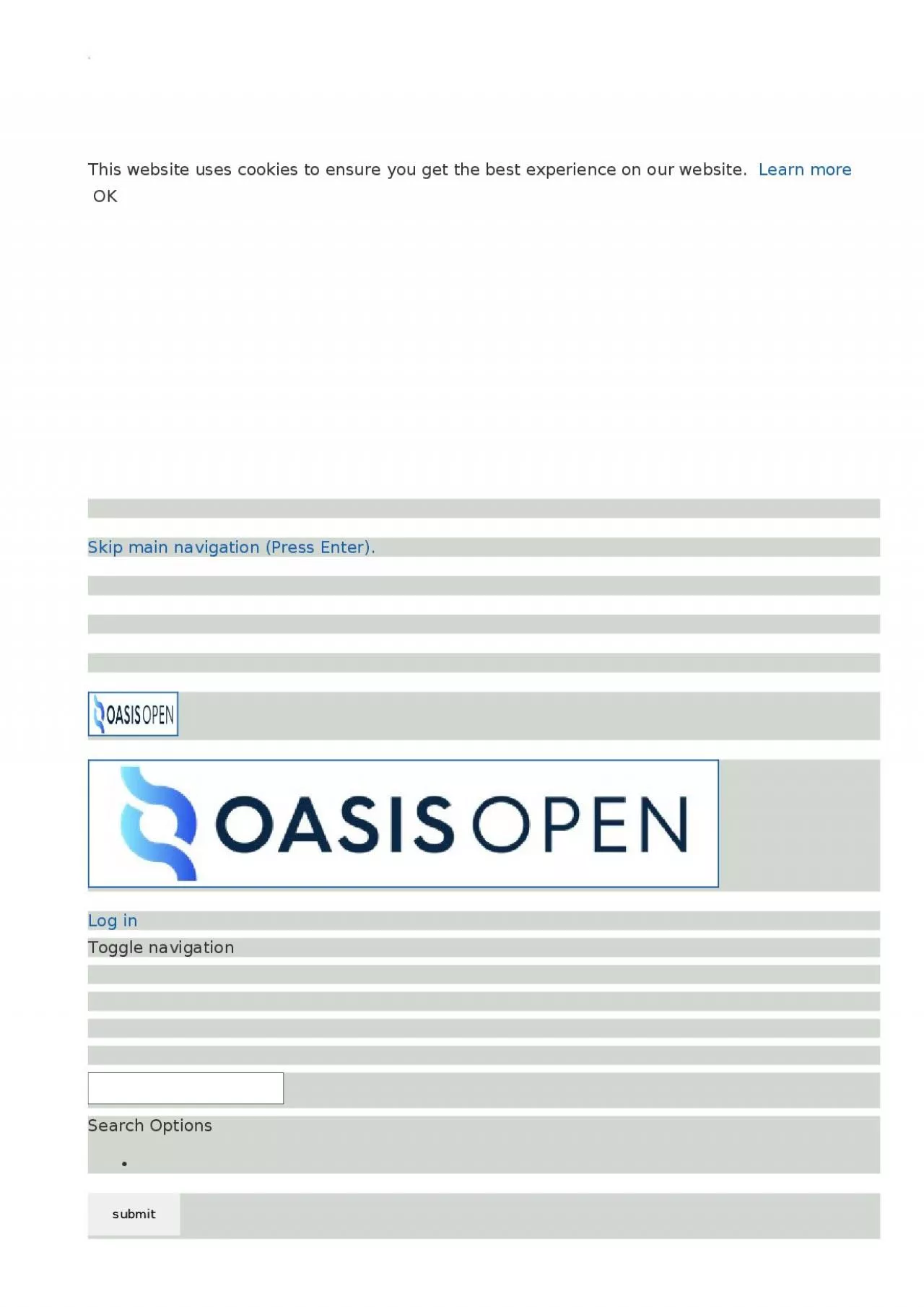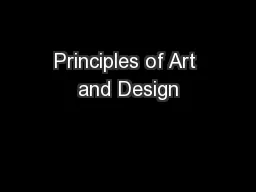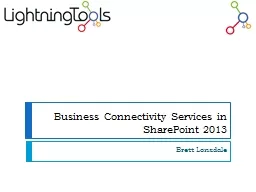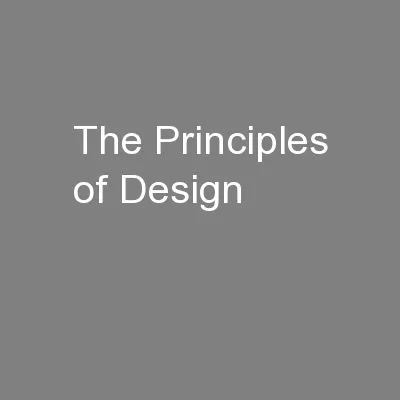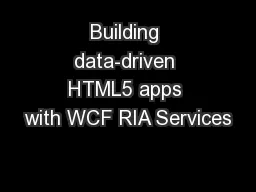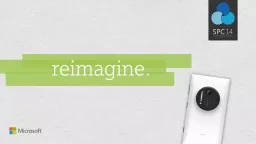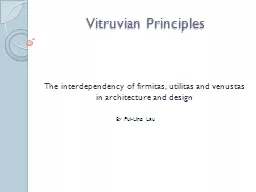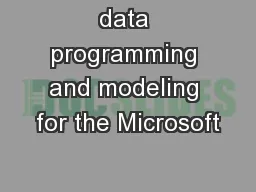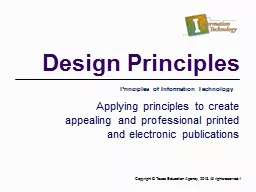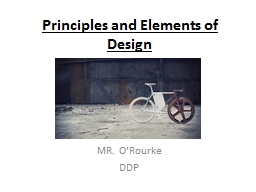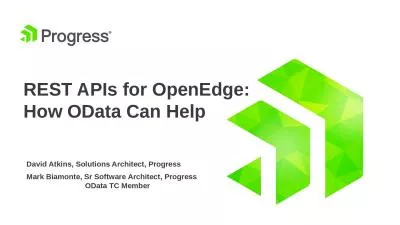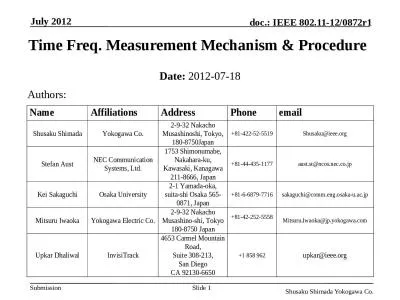PPT-OData Design Principles July 26, 2012
Author : felicity | Published Date : 2023-10-04
Build on HTTP REST OData is a RESTful HTTP Protocol Build on HTTP Entities modeled as Resources Relationships modeled as links CRUD POST GET PUTPATCH DELETE OData
Presentation Embed Code
Download Presentation
Download Presentation The PPT/PDF document "OData Design Principles July 26, 2012" is the property of its rightful owner. Permission is granted to download and print the materials on this website for personal, non-commercial use only, and to display it on your personal computer provided you do not modify the materials and that you retain all copyright notices contained in the materials. By downloading content from our website, you accept the terms of this agreement.
OData Design Principles July 26, 2012: Transcript
Download Rules Of Document
"OData Design Principles July 26, 2012"The content belongs to its owner. You may download and print it for personal use, without modification, and keep all copyright notices. By downloading, you agree to these terms.
Related Documents

